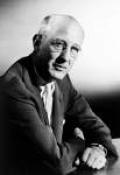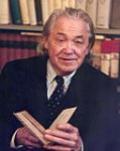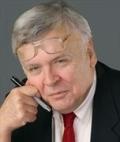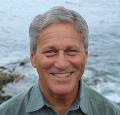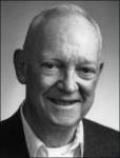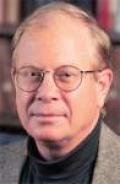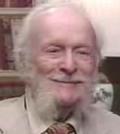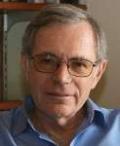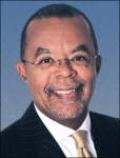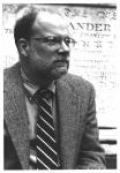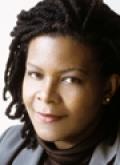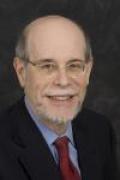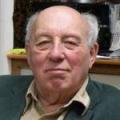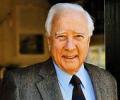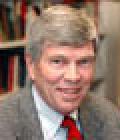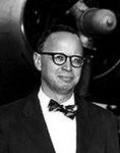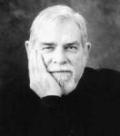Many observers ignore the real cost of Japan's war in eastern Asia.
I sharply remember the moment when my grasp of the most searing moral issue of the end of the Asia Pacific War vaulted from a strong but detached intellectual plane to a vastly more wrenching visceral urgency.
A cataclysm became inevitable in the last months before Hiroshima.
By the summer of 1944, U.S. military power in the Pacific Theater had grown spectacularly. Beginning nine days after the D-Day invasion in France, American forces launched their largest attacks yet against the Japanese-held islands of Saipan on June 15, Guam on July 21, and Tinian on July 24.
NOTE: This is the introduction to Fallout: The Hiroshima Cover-up and the Reporter Who Revealed It to the World (Simon & Schuster, 2020) There have been no discussions with the author or publisher about using it.
A final interview with the most controversial father of the atomic age, Edward Teller
Stationed near Nagasaki at the close of the war, a young photographer ventured into the devastated city, and stayed for months
Those Yanks of World War II are white-haired now. Great-grandchildren play about their feet. The grand parades and great commemorations are over. Only a few monuments to their achievements are yet to be built.
Recently discovered documents shine a new light on the President’s biggest decision
How the U.S. Air Force came to drop an A-bomb on South Carolina
The super-secret atomic bomb made a giant, bright yellow fireball like a super-sun that hurt the eyes.
In 1945 I was a member of a supersecret Army intelligence unit attached to the Manhattan Project, which produced the atomic bomb.
I played with the knobs and dials, not knowing I might have blown up Chicago.
During World War II, I served aboard USS Alabama in the United States Navy. Al Barkan, a shipmate more than ten years my senior, assumed the role of mentor to me. Al was a graduate of the University of Chicago and a natural teacher.
Truman was Commander in Chief of the American armed forces, and he had a duty to the men under his command not shared by those sitting in moral judgment decades later
On the morning of August 6, 1945, the American B-29 Enola Gay dropped an atomic bomb on the Japanese city of Hiroshima. Three days later another B-29, Bock’s Car , released one over Nagasaki.
In a conflict that saw saturation bombing, Auschwitz, and the atom bomb, poison gas was never used in the field. What prevented it?
Forty years ago, on August 6 and 9, 1945, American B-29s dropped two atomic bombs on Japan, killing at least 110,000 and possibly 250,000 Japanese and speeding that nation’s surrender.
As three recent films show—one on the atomic bomb, one on women defense workers during the Second World War, one on the government arts projects of the thirties —this history of our times offers film makers arresting opportunities.





